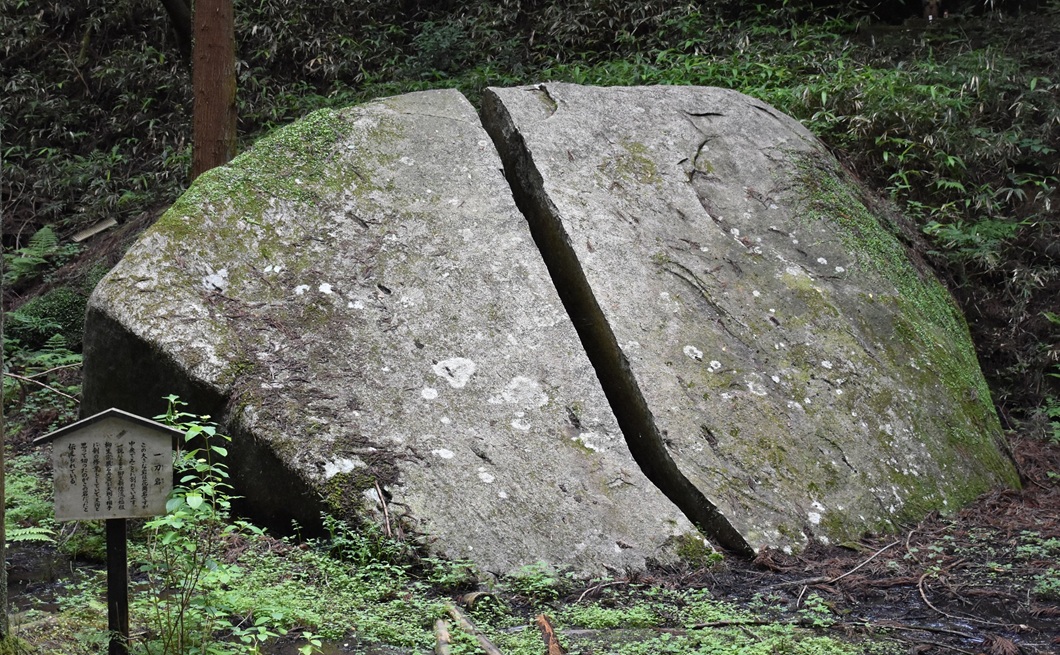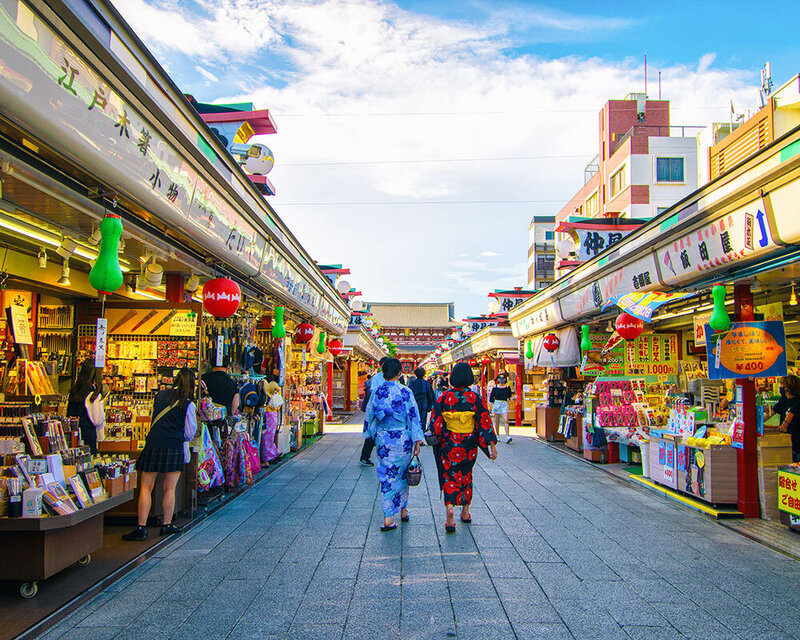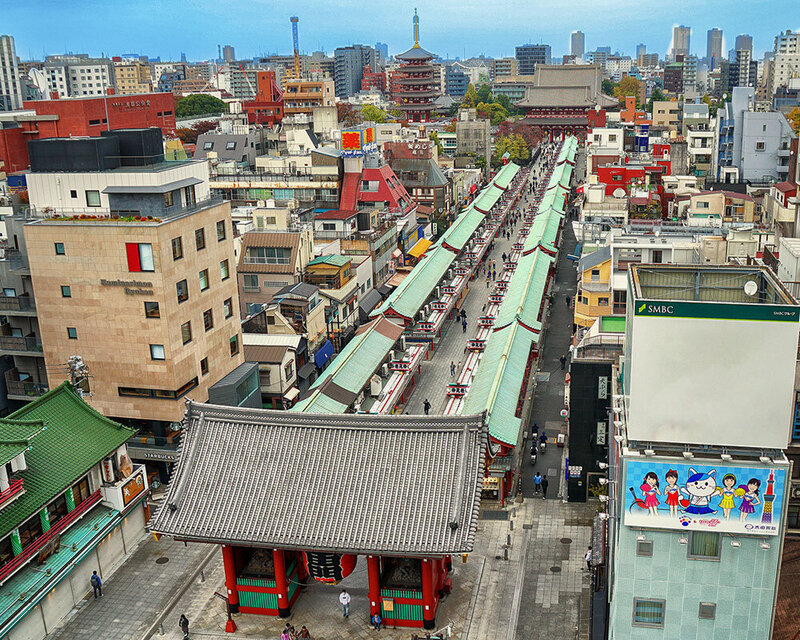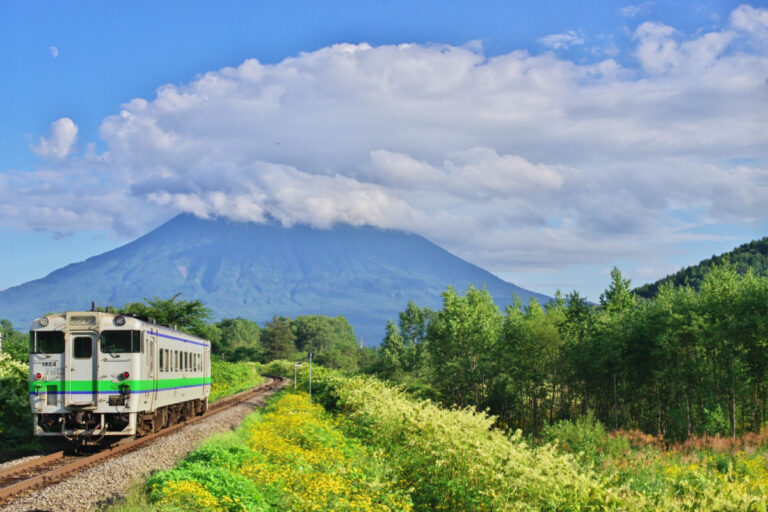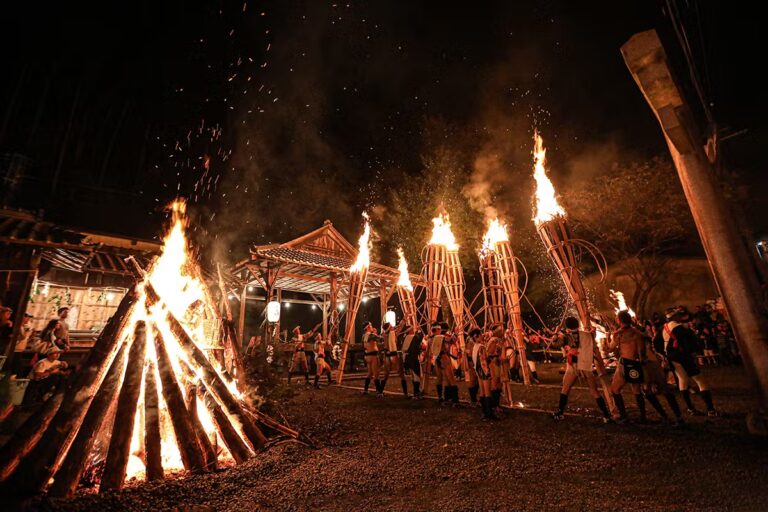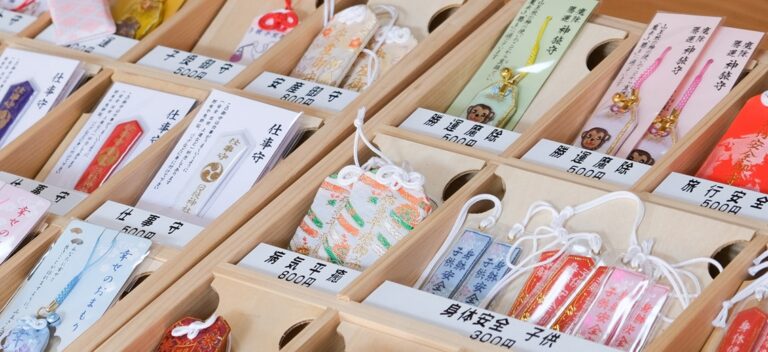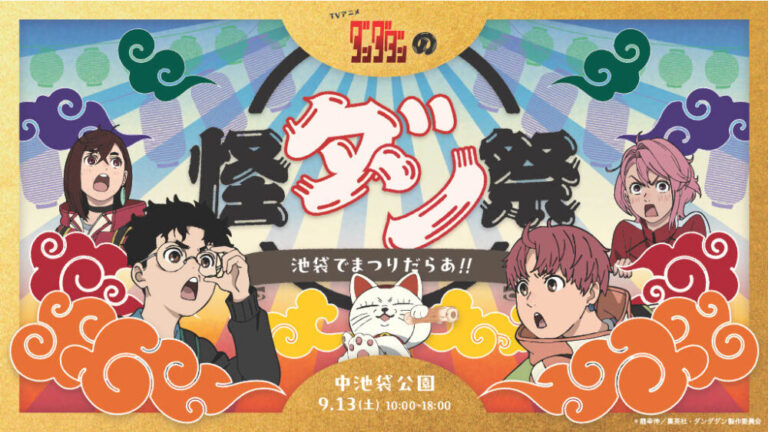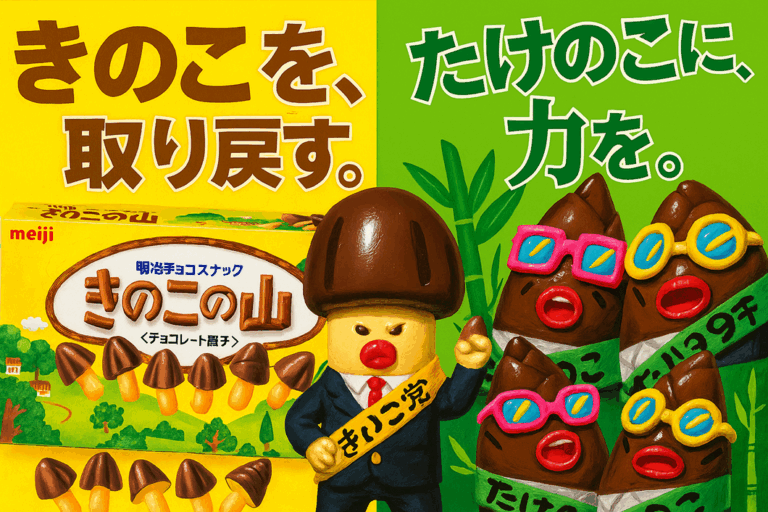Demon Slayer Pilgrimage Guide — Exploring the Real-Life Stages Across Japan
Every time the world of Demon Slayer: Kimetsu no Yaiba comes to mind, the wooden frames of a mansion, the rising steam, and the distant whistle of a train feel as if they truly exist somewhere in Japan. This journey follows the “air of the story.” What appears in order are places where the scenes faintly emerge. Alongside each destination are the addresses and access information, so that by glancing at a map, the journey already begins.
Butterfly Mansion — Old Building of the Japanese Red Cross Medical Center (Now in The Museum Meiji-Mura, Aichi)
The Butterfly Mansion, where Shinobu Kocho receives her comrades, is believed to be modeled after the old ward of the Japanese Red Cross Medical Center. Today, this Taisho-era building has been relocated and preserved at The Museum Meiji-Mura in Inuyama, Aichi Prefecture. The white walls and wooden frames echo the calm, healing atmosphere of the Butterfly Mansion, allowing visitors to step into a scene that feels lifted from the anime.
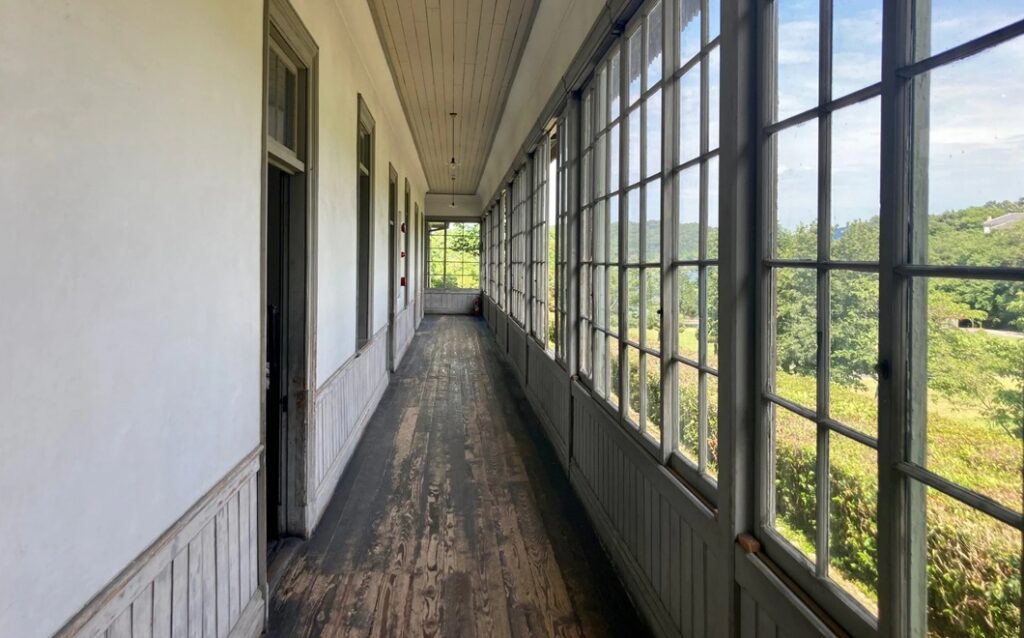
Address: 1 Uchiyama, Inuyama, Aichi 484-0000
Access: From Meitetsu Inuyama Station, 20 minutes by bus to “Meiji Mura”
Tel: 0568-67-0314
Official site: meijimura.com
Infinity Castle — Ookawaso Ryokan (Aizu, Fukushima)
The floating stage inside a giant atrium and the intertwining corridors of Ookawaso overlap perfectly with the image of the Infinity Castle. Walking through the interior feels like stepping across the boundary between ordinary and otherworldly. As it is also a hot spring inn, staying overnight deepens the impression — the night air especially feels like entering that surreal space.
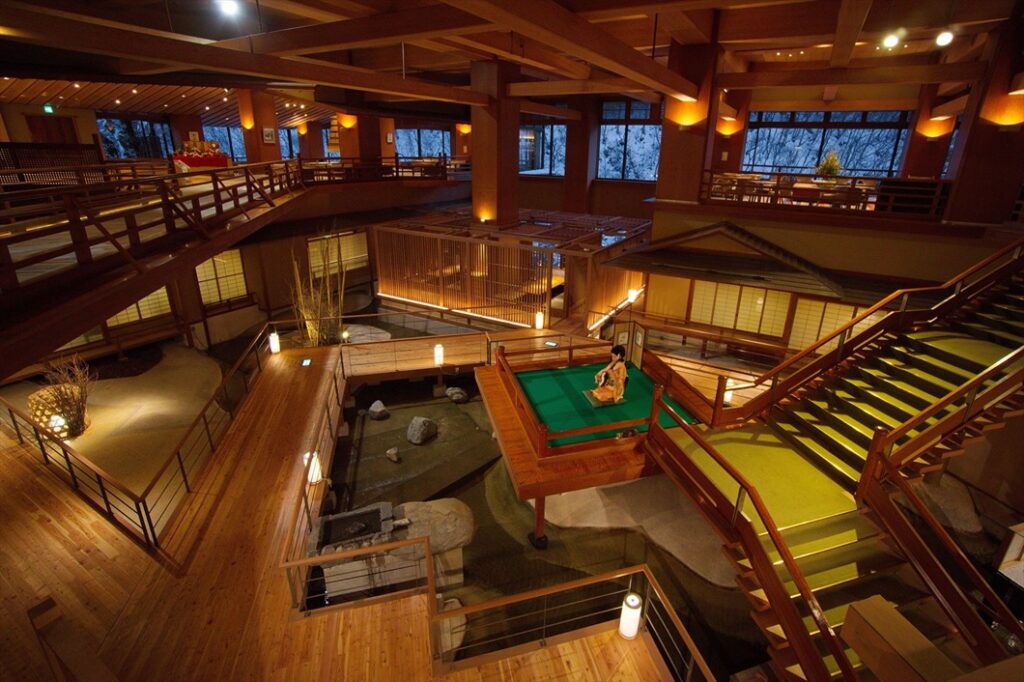
Address: 984 Shimodaira, Ashinomaki, Oto-machi, Aizuwakamatsu, Fukushima 969-5147
Access: 7 minutes by shuttle bus from Ashinomaki Onsen Station (Aizu Railway)
Official site: ookawaso.co.jp
Ubuyashiki Residence — Northern Culture Museum (Niigata)
The expansive mansion and garden of the Northern Culture Museum carry the same stillness as the Ubuyashiki Residence. Walking through polished corridors and watching the light shift through sliding doors naturally recalls the tense yet serene meetings of the Master and the Hashira. It is a nationally designated cultural property, offering both Japanese architectural beauty and the work’s atmosphere.
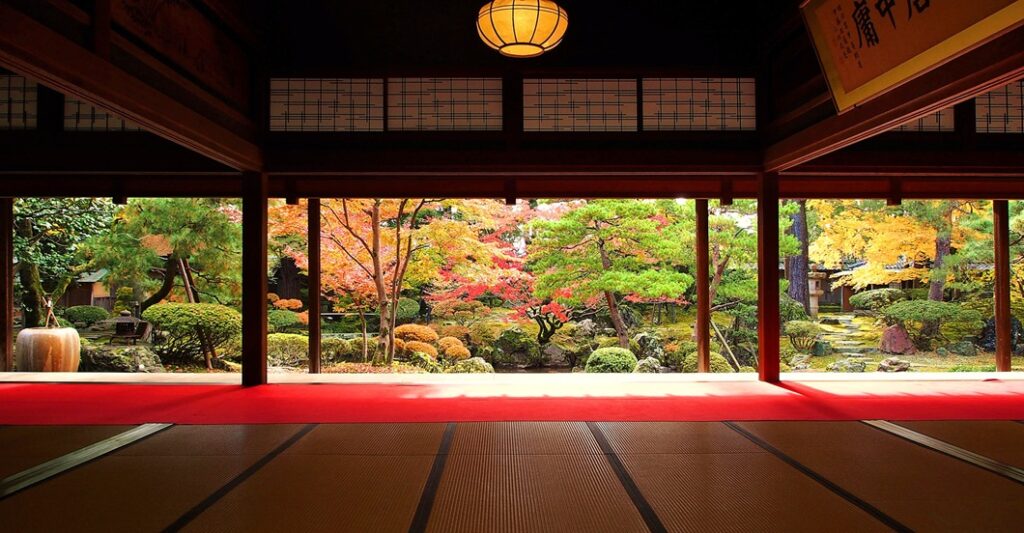
Address: 2-15-25 Soumi, Konan-ku, Niigata City, Niigata 950-0205
Access: About 20 minutes by car from JR Niigata Station
Official site: hoppou-bunka.com
Swordsmith Village — Ginzan Onsen (Yamagata)
On snowy nights, the wooden inns along the river of Ginzan Onsen glow under gas lamps, just like the Swordsmith Village that sheltered Tanjiro and his allies. Known as a Taisho-era romantic hot spring town, Ginzan Onsen is especially stunning in winter, when reality and the world of the story seem to overlap.
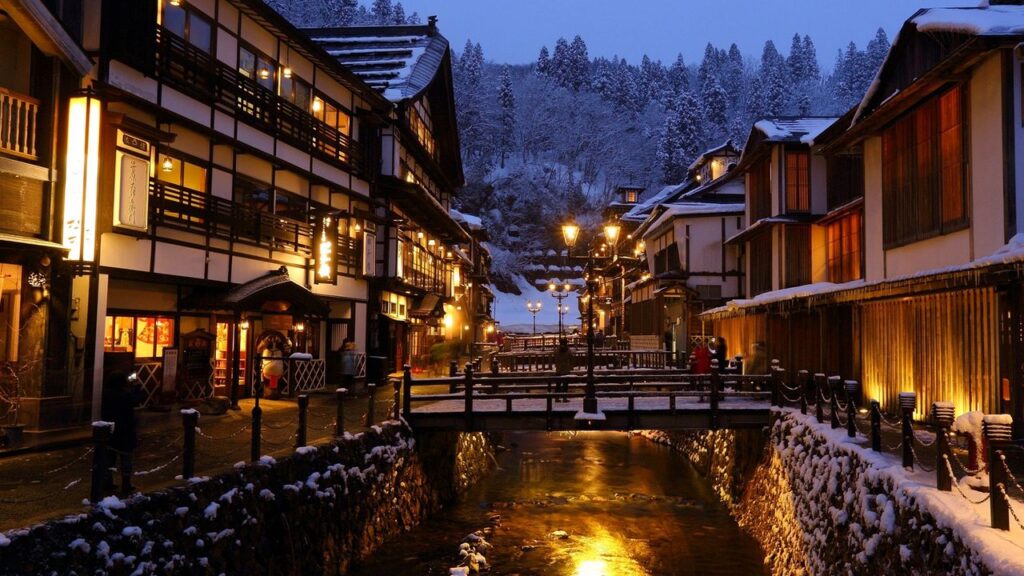
Address: Shinhata, Ginzan, Obanazawa City, Yamagata 999-4333
Access: 40 minutes by bus from Oishida Station (Yamagata Shinkansen)
Official site: ginzanonsen.jp
Mugen Train — Steam Locomotive 8630 at The Railway Museum (Saitama)
Standing before steam locomotive 8630, one immediately recalls the fierce battles and flames of the Mugen Train movie. The polished steel and massive weight feel as if the story’s tension was carried straight into reality. Visitors can also see other historic trains, making it a pilgrimage site for both Demon Slayer and railway fans.
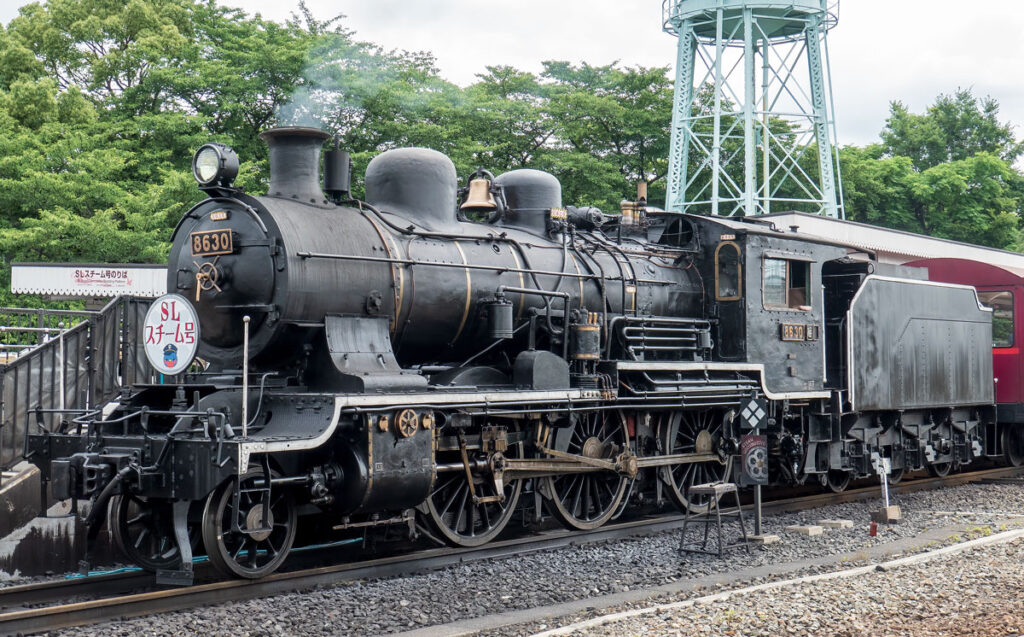
Address: 3-47 Onaricho, Omiya-ku, Saitama City, Saitama 330-0852
Access: Right next to Tetsudo-Hakubutsukan Station (New Shuttle)
Official site: railway-museum.jp
■Tetsu-Ota: The Fascinating World of Japan’s Rail Enthusiasts
Demon Slayer Memo: Akaza’s Tattoos and Snowflake Pattern
The tattoos carved into Upper Rank Three Akaza’s body are not mere decoration. The lattice marks of “rain” on his chest and “night” on his waist combine to form the character “snow,” symbolizing the woman he loved as a human — Koyuki. When he deploys his Blood Demon Art, Destructive Death: Compass Needle, a twelve-directional snowflake array appears under his feet, and Akaza himself stands at its center as the needle of the compass.
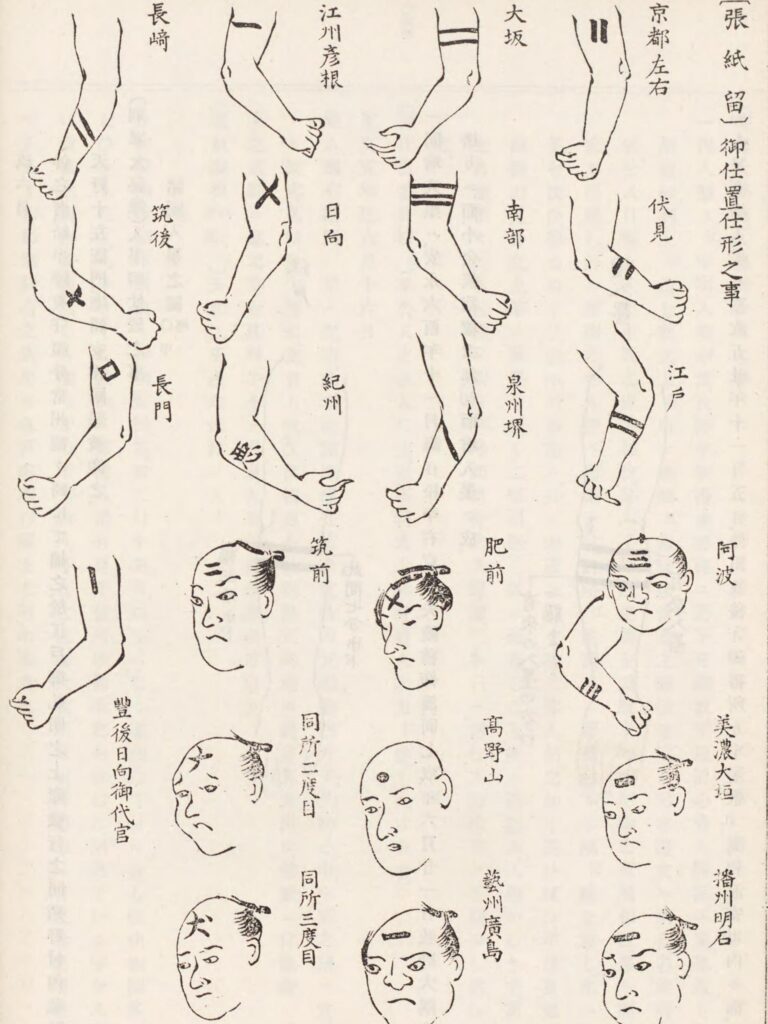
The pattern connects with Japanese traditional irezumi tattoo culture and even with Edo-period criminal markings, reflecting both his past and cultural background. His battles can be seen as rituals of carrying Koyuki’s memory forever.
■Wabori: The Tattoo Art Japan Tried to Hide
The Rock Cut by Tanjiro — Sho Hachiman Shrine (Fukuoka)
The great rock split by Tanjiro after harsh training is linked with the massive stone at Sho Hachiman Shrine in Fukuoka. Its perfectly halved shape mirrors the scene from the story, and visitors naturally imagine Tanjiro holding his sword. Walking along the nearby mountain path makes one feel the same severe discipline he endured.
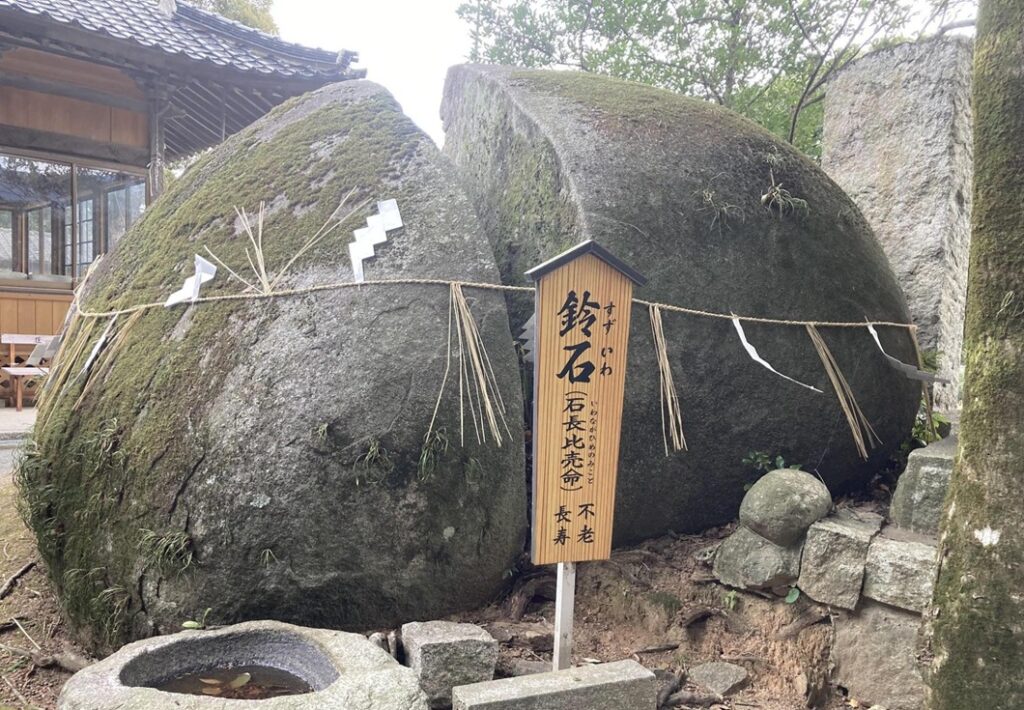
Address: 3-1 Nakanukihonmachi, Kokuraminami-ku, Kitakyushu City, Fukuoka 800-0235
Access: 25-minute walk from Shimozone Station on the JR Nippo Main Line
Official Info: None
Mount Fujikasane — Ashikaga Flower Park (Tochigi)
The Final Selection took place on Mount Fujikasane, and the massive wisteria trellises of Ashikaga Flower Park resemble it closely. In spring, the blooming purple flowers are illuminated at night, creating a surreal landscape. The sense of danger from demons, balanced by the protective aura of wisteria, can truly be experienced here.
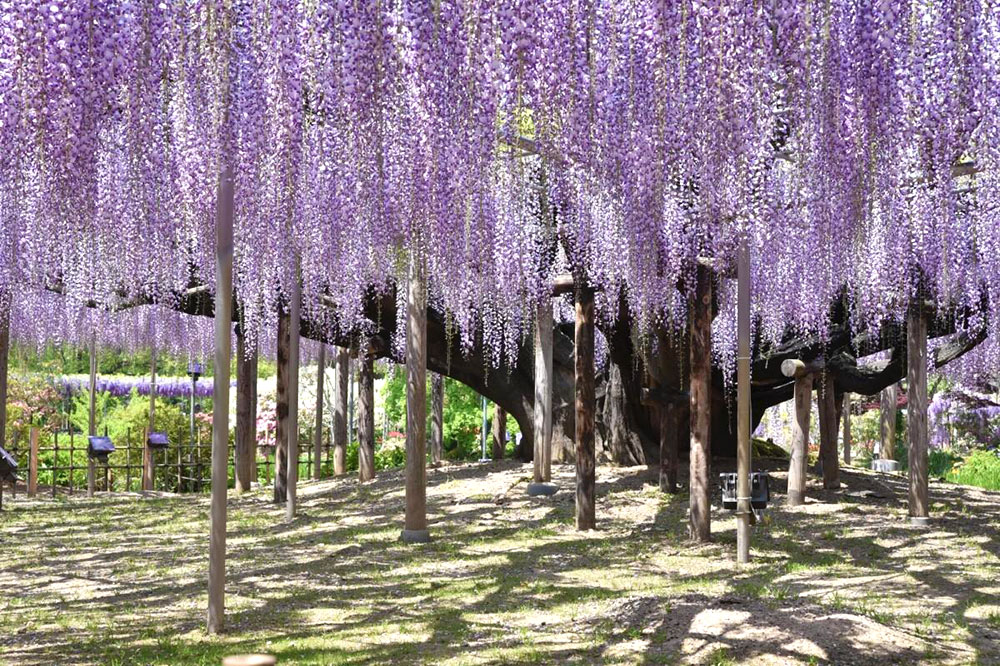
Address: 607 Hasama-cho, Ashikaga City, Tochigi 329-4216
Access: Right next to Ashikaga Flower Park Station (JR Ryomo Line)
Official site: ashikaga.co.jp
Asakusa — The Encounter of Tanjiro and Muzan (Tokyo)
On his first mission to Tokyo, Tanjiro encountered Muzan Kibutsuji in Asakusa. The vibrant Taisho-era downtown streets depicted in the series still overlap with the lively Nakamise shopping street and Senso-ji Temple today. At night, under streetlamps, the shock of that fateful encounter feels almost alive again.
asakusa-nakamise
Address: 2-3-1 Asakusa, Taito-ku, Tokyo
Access: 5 minutes on foot from Asakusa Station (Tokyo Metro Ginza Line)
Official site: asakusa.or.jp
Mount Kumotori — Tanjiro and Nezuko’s Birthplace (Tokyo)
The official fanbook confirms Mount Kumotori as the birthplace of Tanjiro and Nezuko. At 2,017 meters, it is the highest peak in Tokyo, covered in deep natural forest that recalls their mountain life at the beginning of the story. Popular with hikers, many fans take commemorative photos at the summit as proof of their pilgrimage.
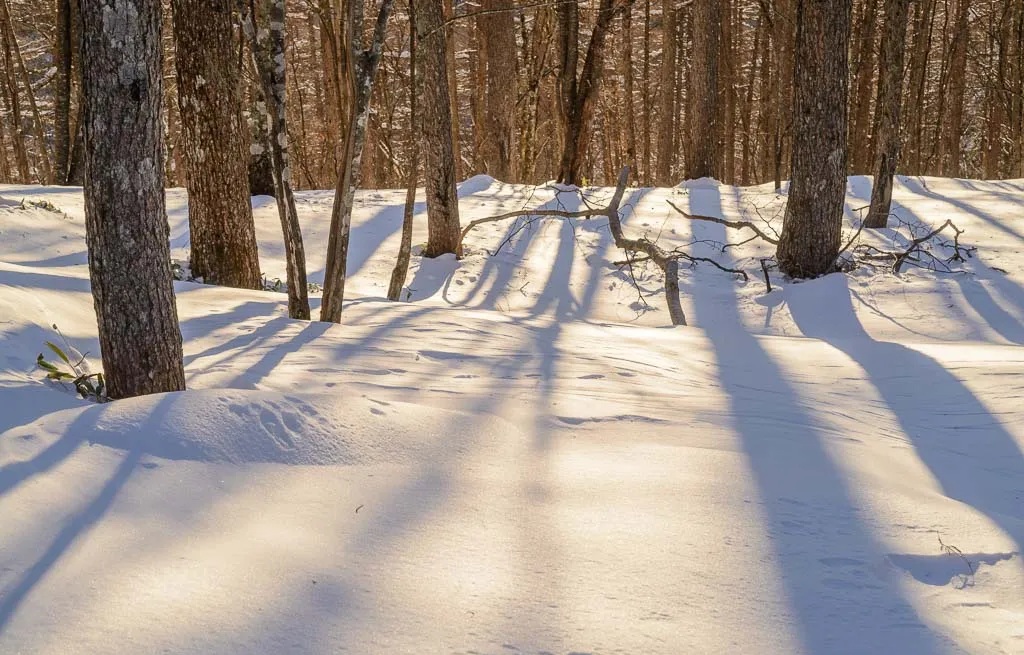
Address: Straddling Okutama, Tokyo and Koshu City, Yamanashi
Access: About 1 hour by bus from Seibu-Chichibu Station, then hiking trails
Info: YAMAP
Kamado Shrine — Sharing the Protagonist’s Family Name (Fukuoka)
In Dazaifu, Kamado Shrine gained fame among fans for sharing its name with protagonist Tanjiro Kamado. Known for matchmaking and academic success prayers, it has long been visited by students and worshippers. While not directly tied to the story, the connection through name naturally made it part of the pilgrimage.
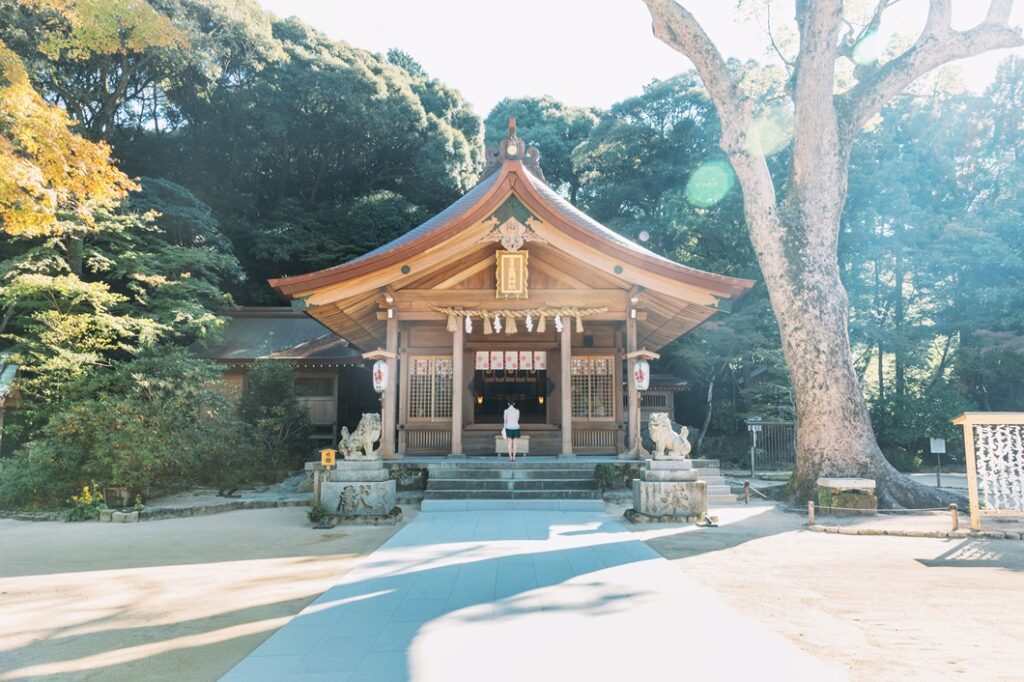
Address: 883 Uchiyama, Dazaifu City, Fukuoka 818-0115
Access: About 10 minutes by bus from Nishitetsu Dazaifu Station
Official site: kamadojinja.or.jp
Yagyu Ittoseki — Nara
Another candidate for “the rock cut in training” is the Ittoseki in Yagyu, Nara. Legend says sword masters once tested their blades on it, leaving a giant stone split in two. Fans often link it with Tanjiro’s training scene, making it as popular as Sho Hachiman Shrine for pilgrimage.
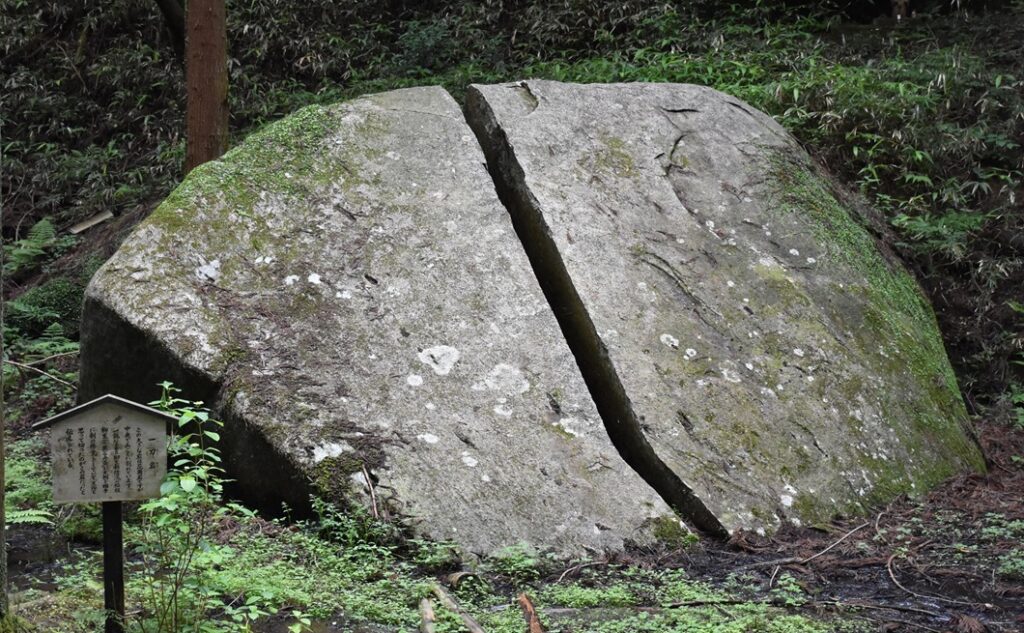
Address: Yagyu-cho, Nara City, Nara 630-1237
Access: About 1 hour by bus from JR Nara Station
Official info: Nara Tourism
You might also be interested in these articles
■Demon Slayer: Mugen Castle Arc — The Beginning of the End

Born in Japan, raised in Toronto. I dive deep into anime, pop culture, and history — bringing both otaku vibes and global views.

